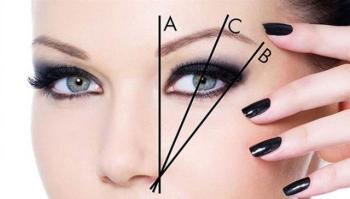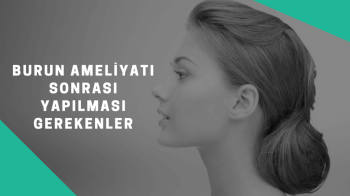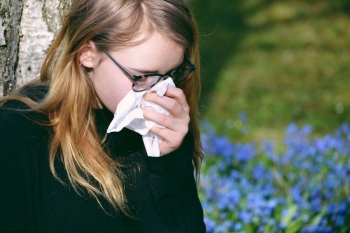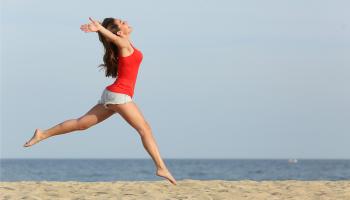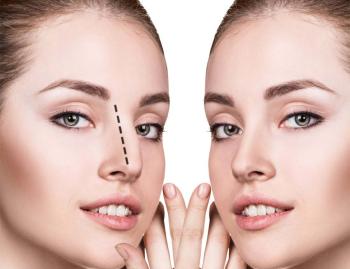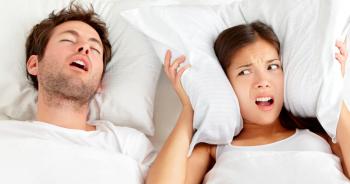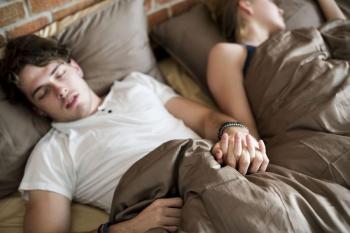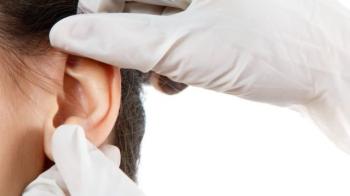-

-
Professor Esra Eryaman
Ear, Nose & Throat / Head & Neck Surgery Specialist
The nasolabial angle and columella-lobular angle
The nasolabial angle reflects the angle between the upper lip and the columella. A normal nasolabial angle in males is 90-95 degrees and in females is 100-105 degrees. This angle shows nasal tip rotation. Patients with a drooping tip have a nasolabial angle that is sharper than expected. Patients...
After rhinoplasty surgery..
After the operations; we have a few important recommendations….The precautions against swellings are important. Elevations of the head while sleeping, ice packages every 5 minutes per hour the first 3 days post-operatively, avoiding sun by wearing hats for a couple of months, low-salt diet...
Upper airway infection and rhinoplasty
Upper airway infection with symptoms such as running nose, sneezing, sore throat, cough is an indication of delaying rhinoplasty operation. The anesthesia does not prefer this condition, the surgeon does n’t like to incise an infected nose as well. The patient should inform the doctor and the...
Sun exposure after rhinoplasty
In general, excessive sun exposure is harmful to the skin. The ultraviolet damage leads to sun spots, deepen the lines and the most important of all increases the risk of skin cancer. After the rhinoplasty operation, it is recommended to stay completely out of the sun for the first two weeks....
Rasping nasal dorsum
When there is a hump on the bony vault, the nose looks as aquiline. Cutting with osteotomies, reducing with piezo or rasping are the methods to reduce this bony hump in rhinoplasty. Hump reduction with rasping is a popular method among many surgeons. It is a quick way of reducing the bony...
Rhinoplasty in patients coming from other cities or countries..
It has been easy for patients to reach their doctors from all around the world through social media. In this case, it is recommended to visit us 1 day before the surgery. We become acquainted with our patients examining and taking photos and discussing the new planned image of the nose. The...
Simple operations of snoring and obstructive sleep apnea
Nose surgeries -Septoplasty: This is the removal of deviated cartilaginous and bony portions of the nasal septum -Inferior turbinoplasty: Surgical reduction of the inferior turbinates -RF turbinoplasy: Volumetric reduction of the inferior turbinates with RF energy (high-frequency electric current)...
Nose, snoring and obstructive sleep apnea relations
The nose itself represents %75 of the entire airway track (from the nose to the alveoli in the lung). A nasal obstruction here is found to be the major contributing factor to snoring and to the obstructive sleep apnea. When there is an airway blockage within the nasal passage, the lungs have to...
Techniques of otoplasty
The treatment of protruding ears is always surgery. The two ears are operated at the same time. There are various techniques such as; suture, suture - incision, incision-scoring and cartilage thinning. Achieving a reduction in height and/or size of the concha ( a part of the auricle) relieves the...
Before rhinoplasty surgery with my patient....
Associate Professor Esra Eryaman

